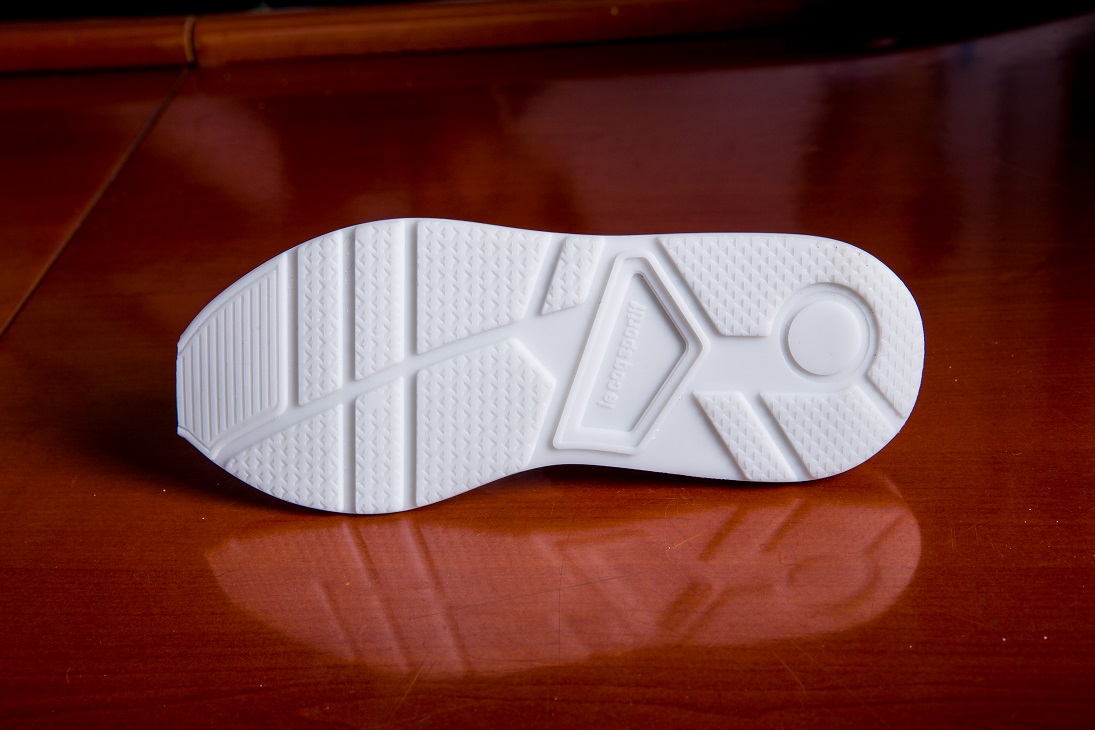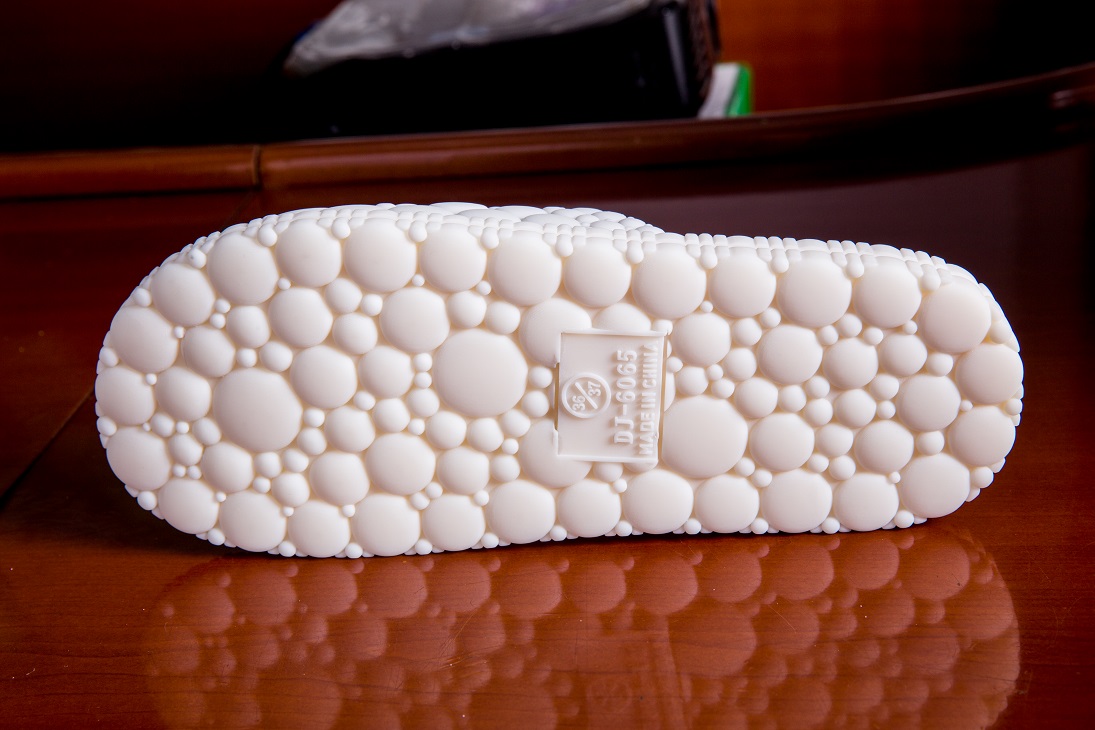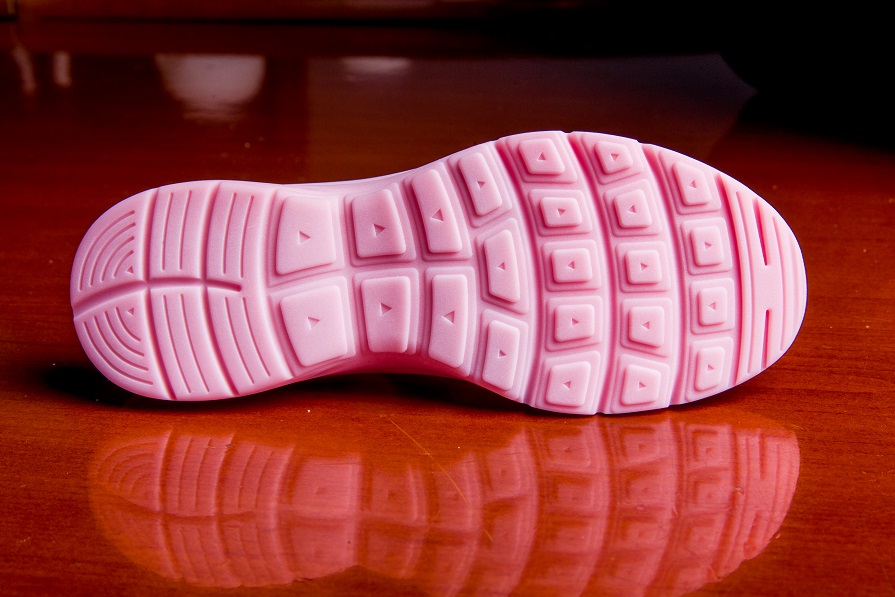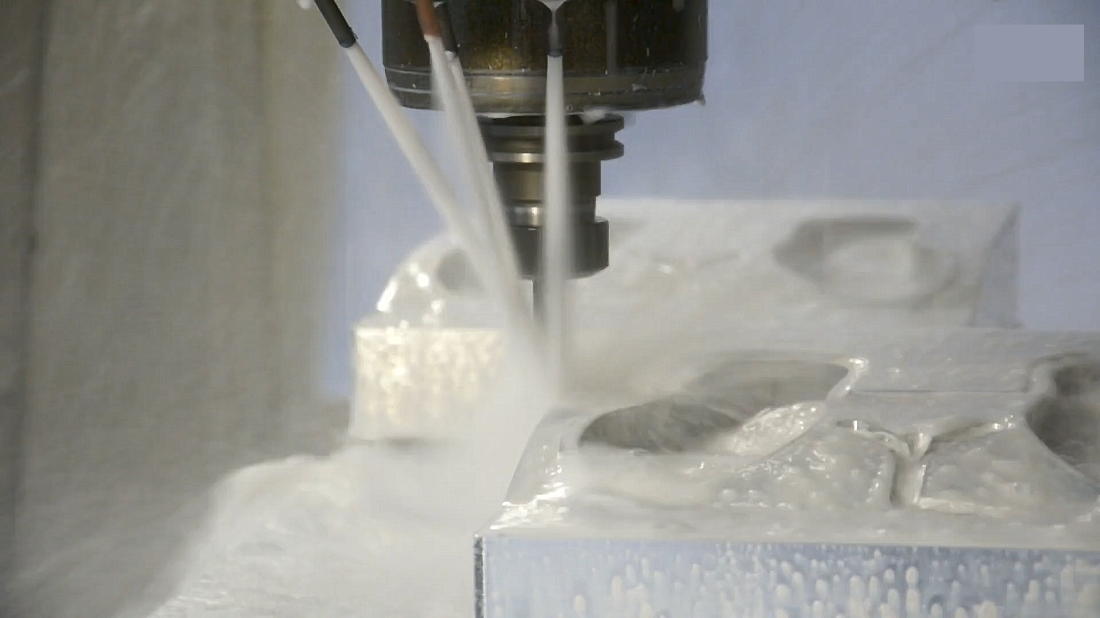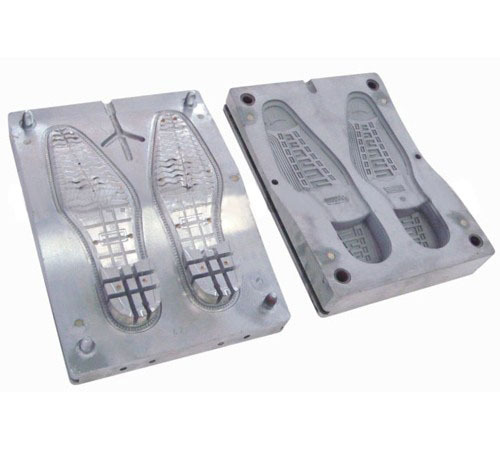What are Ribs in a Shoe Sole?
Rib (popularly called as jaal or line) in a shoe sole is made to reduce the weight of the sole. It is technically made so that the shoe last(Lasted Upper) sits on the ribs. The ribs should thus take the shape of the shoe last(Lasted Upper) both in 3d and curvatures at various cross sections including the seat, the waist and the forepart.( later I will explain this in the post)
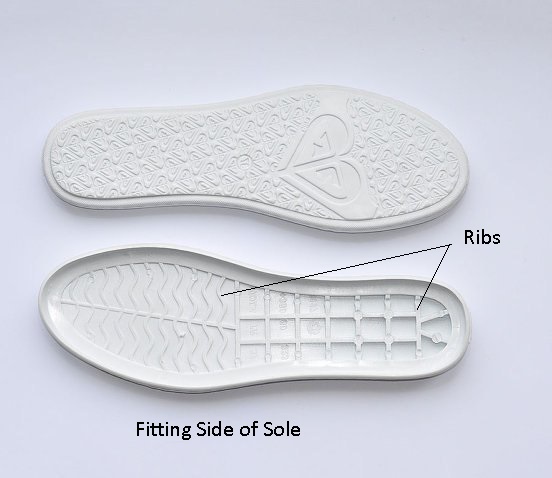
How ribs are made on the sole?
1. Inputs from the shoe last are taken. The shoe last is digitized and a copy is made in CAD. Margins for upper are added. The sole sits on the lasted upper hence the bottom side of the lasted upper matches the fitting side of the sole.
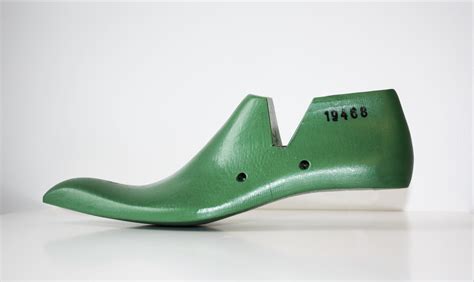
2. Bottom side of the sole is designed as per specification of shoe design
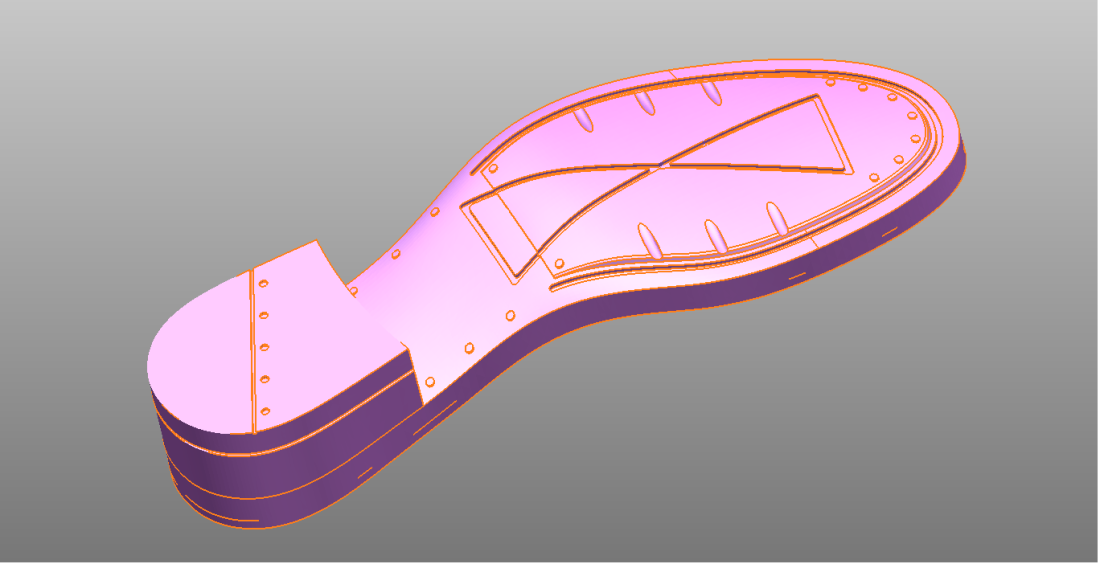
3. To keep the weight of the sole minimum and to keep the shoe as light as possible the thickness of the sole is kept as per SATRA standards. Ribs are made so that the lasted upper sits comfortably on the sole without dancing. The final sole CAD is generated

4. Now the mould is made and the ribs are machined on the mould. There are two ways to machine ribs on the mould.
a. Pantograph Machining : Manually the ribs are machined on the mould using pantograph machines. This is a very cheap method and produces extremely low quality ribs.
b. CNC Machining : A cnc milling machine is used to make the ribs which are perfect in curvature. This is expensive and produces high quality ribs
Quality Of Ribs
Ribs have 3 important points on which quality is evaluated
- Curvature of ribs at heel to match the lasted upper
- Curvature at ribs at forepart to match the lasted upper
- 3D profile of ribs from heel to forepart to match the lasted upper
Problems that comes when ribs are wrongly made or are poor in quality
1. The Last can go inside the sole more than specification(ribs are lower in sole than needed)
2. The last can remain outside the sole more than the specification
3. Heel area can be lower and forepart can be higher than specification or vice versa
4. The last can be resting in air in heel part , waist or forepart.
5. Due to poor quality and rough surface of the ribs when the shoe is made it can make the shoe wearer feel uncomfortable(like little pins are hurting)
Suggestions to improve the comfort
1. Use sole moulds that are machined using CNC only. Pantograph moulds may look cheaper on the first instance but they will end up costing more since they provide very poor quality.
2. Use shoe last for designing of the soles in case shoe lasts are already made for project
3. Best way to control this problem is to first get a mould in which ribs are machined from cnc and then develop a shoe last from the sole that comes out of the mould. This way the comfort of the shoe will be maximum.
For any queries please feel free to contact me on WhatsApp : +919627774488 or visit http://www.solemould.com.
Rise & Shine Together





